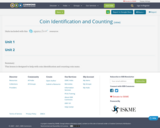
This lesson is designed to help with coin identification and counting coin sums.
- Subject:
- Mathematics
- Material Type:
- Activity/Lab
- Date Added:
- 04/23/2019

This lesson is designed to help with coin identification and counting coin sums.
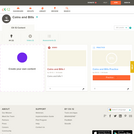
This short video and interactive assessment activity is designed to teach fourth graders about coins and bills.
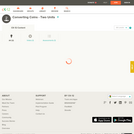
This short video and interactive assessment activity is designed to teach second graders about converting coins - two units.
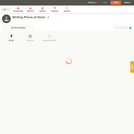
This short video and interactive assessment activity is designed to teach second graders about writing prices of items.
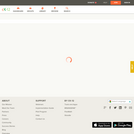
This short video and interactive assessment activity is designed to teach second graders about converting item costs from words to numerals.
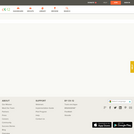
This short video and interactive assessment activity is designed to teach fourth graders about converting dollars and coins into dollars in words.
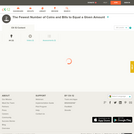
This short video and interactive assessment activity is designed to teach second graders about the fewest number of coins and bills to equal a given amount.
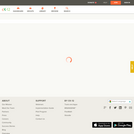
This short video and interactive assessment activity is designed to teach second graders about converting dollars into cents.

Students learn about the many types of expenses associated with building a bridge. Working like engineers, they estimate the cost for materials for a bridge member of varying sizes. After making calculations, they graph their results to compare how costs change depending on the use of different materials (steel vs. concrete). They conclude by creating a proposal for a city bridge design based on their findings.
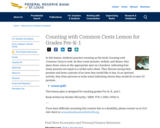
In this lesson, students practice counting as the book Counting with Common Cents is read. As they count pennies, nickels, and dimes, they place those coins on the appropriate spot on a handout, indicating how many pennies are equal to a nickel and a dime. They discuss saving their pennies and draw a picture of an item they would like to buy. In an optional activity, they draw pictures or write notes indicating chores they would do to earn 10 pennies.
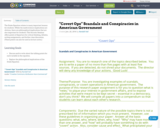
The Drake Equation relates to many important lessons for students. While the math/science implications are obvious, there are philosophical implications that are also important for students. This Socratic Seminar offers points of departure for critical thinking, debates, writing assignments, and further class discussion. (These points can also be used as lecture notes.)

This task requires students to computer currency exchanges.

Currency Effect on Trade. Created by Sal Khan.

Currency Effect on Trade Review. Created by Sal Khan.

If you track the value of a currency, you'll notice its value fluctuates. In this video, we introduce to how exchange rates can fluctuate. Created by Sal Khan.

Data on Chinese M1 Increase in 2010. Created by Sal Khan.
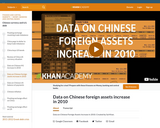
Data on Chinese Foreign Assets Increase in 2010. Created by Sal Khan.
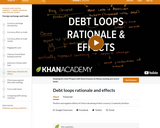
Positive and negative effects of China's devaluing of their currency. Created by Sal Khan.
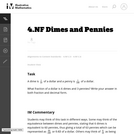
This task requires students to think of dimes and pennies as fractions of dollars.
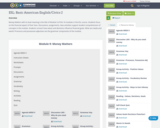
Money Matters with its dual meaning is the title of Module 9 of the 16 modules in the ESL course. Students focus on the financial aspect of their lives. Discussions, assignments, class activities support student comprehension of concepts in the module. Students connect how values and decisions influence financial goals. What are needs and wants? Pronouns and possessive adjectives are the grammar components of the module.